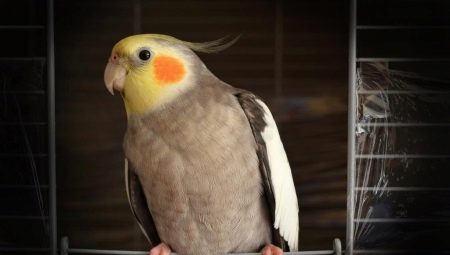The Australian parrot Corella (nymph) adapted very well and took root in captivity. For its ability to reproduce, its cheerful disposition and life expectancy of up to 20-25 years, this species of parrot has become one of the most favorite among connoisseurs of exotic birds. Ornithologists, observing the life and habits of the bird, came to the conclusion that it is quite friendly, contact and inquisitive.
The nymph is willing to make contact with people and is able to imitate various sounds, including imitating human speech. Assessing the abilities of the Corella parrot, scientists compare the level of intelligence of this bird with the intellectual abilities of a child at the age of five. Parrots of this species quickly remember new information and reproduce it with maximum accuracy.
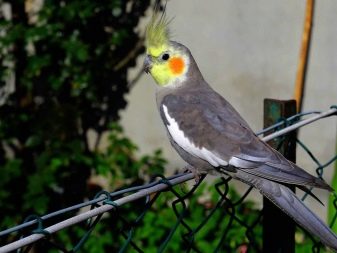
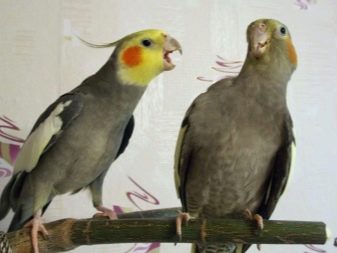
Can Corella talk?
In the wild, not a single parrot, of course, speaks, but in captivity, when he hears the sounds of human speech, the cockatiel can begin to repeat them. Among its hybrid relatives with a gray color, the red-cheeked yields to colloquial speech the best. A nymph can imitate not only a conversation, but also other sounds: a whistle, a dog barking, a phone ringtone, the sound of a working vacuum cleaner, the sounds of other birds.
Experienced Corella parrot breeders can even sing their pets, expressing their joyful emotions. But in order to achieve this, a certain training was nevertheless conducted with the parrot, without which he himself would hardly have sung.
The parrot imitates the words with high accuracy - so that you can understand them very well. The nature of the sound will be quite loud, and in high audio ranges.This circumstance should always be taken into account when choosing the words with which you will teach the nymph, non-literary speech turns should also be avoided.
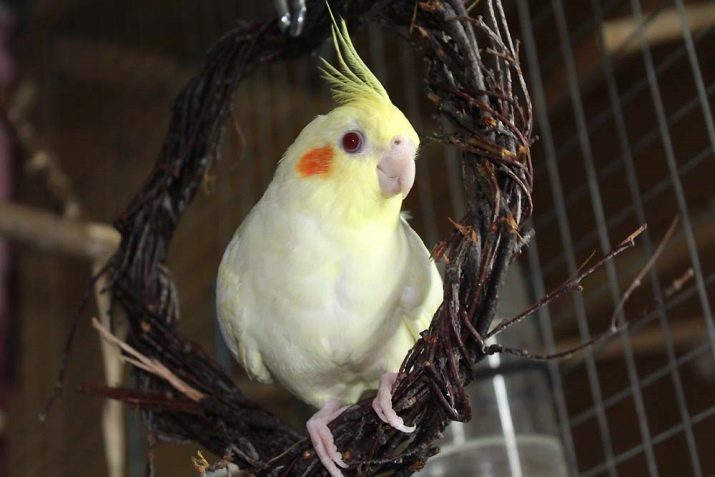
An essential point in choosing an individual for training is its friendly nature. If the pet is open to communication, willingly goes into the arms, looks at you with interest - the chances of good results are high. If the parrot does not want to contact anyone, it is wary, timid, when trying to pick it up, it considers it an aggression against itself and begins to defend itself fiercely, then you will hardly be able to teach it to talk.
A parrot can remember simple phrases, usually they are:
- "Hello";
- "go to sleep";
- "I will swim";
- "let's play";
- "good";
- “Give me a drink”;
- "I want to walk";
- “You have to go”;
- "until";
- "I will eat";
- "how are you".

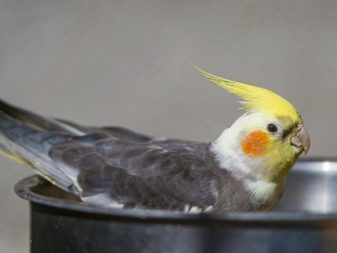
These and any other phrases can be combined with the name of the parrot and study them at the moment when the action indicated by this word is carried out. For example, the phrase “I’ll bathe” must be said to the parrot at the moment when he bathes in a tray of water. The word "hello" should be said when you see your bird in the morning or just enter the room. Word and action create a strong associative connection that improves the processes of memorization.
A talking parrot is usually the merit of its owner. Corella can remember up to 35-40 words. Of course, the bird does not understand the semantic essence of the memorized words and repeats them mechanically, thoughtlessly. When in the process of learning a word was combined with the action or type of an object, and an associative relationship was established, the parrot can reproduce the words supposedly “deliberately”, although in reality this is not so.
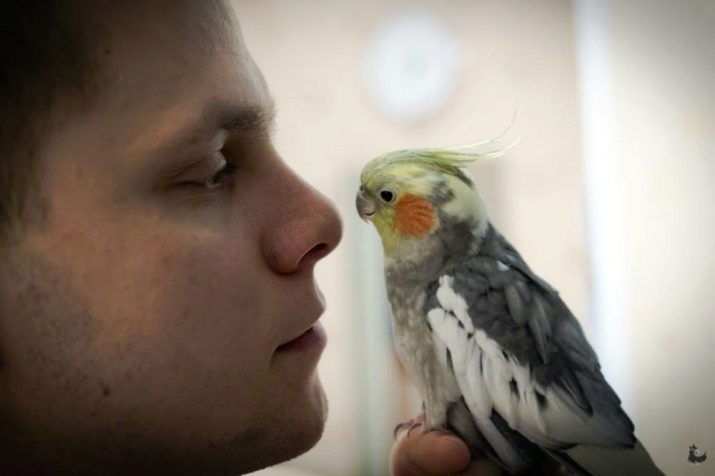
At what age to start?
To start teaching Corella to speak, you need to consider the age of the pet. It is considered that the optimal age will be 2 or 3 months. Among all the litter of chicks for training, those who, in addition to the chicken squeak, make other sounds, are also chosen - this is a clear sign of good conversational abilities of the bird.
Practice shows that it’s easiest to teach a boy to speak, he remembers words, phrases well, and is disposed to learning. A girl can also talk, but she is not able to memorize many words and phrases. Although there are exceptions when girls show better results compared to boys. In this matter, everything is very individual and unpredictable.
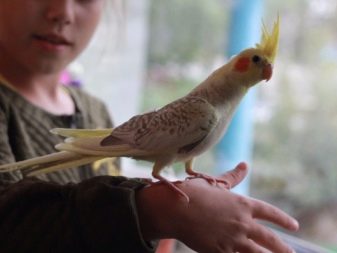
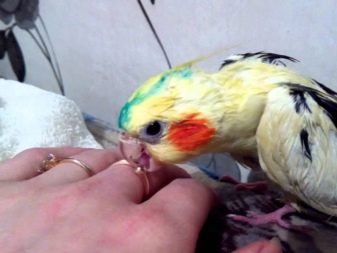
If you bought an adult bird, it will be more difficult to train it, as it may not want to reproduce human speech. Even if you already fell into the hands of a talking individual, this fact does not mean at all that the parrot will make friends with you to such an extent that it wants to learn.
The trust of an adult bird with an established character and some associative ties is extremely difficult to gain, and sometimes impossible.
When you bring the Corella to your home, it will be stressed by a change in habitat. Give her a few days to look around, get used to you and your house, to those who live in it. During the adaptation period, do not try to establish contact, it is best if you do not bother the parrot at this difficult moment for him. After a few days, you can start talking to your pet, speaking to him in a quiet and gentle voice. It is important to interest Corell in communication, to arrange and accustom him to himself. But all this is done gradually, methodically, and with kindness.
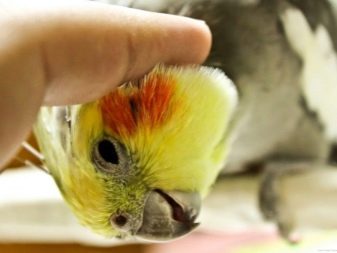
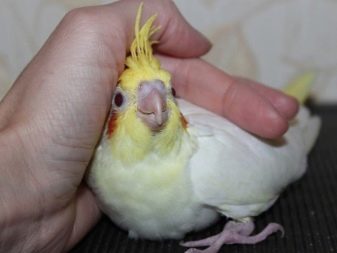
Some time after adaptation, you can open the cage and invite the parrot to sit on your hand. Gradually accustoming the bird to be outside the cage near you, you establish a good strong connection with it, it is this kind of interaction between you that is necessary in order to proceed to learning to speak.
The parrot, which is to be trained, should have only one owner - the bird will play with him, communicate, take food and care.It has been noticed that the female timbre of a parrot’s voice is closer and more understandable than the male one, therefore study is carried out more successfully if a woman is in the role of a teacher.
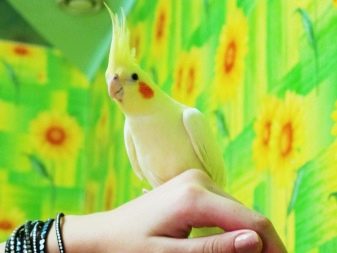
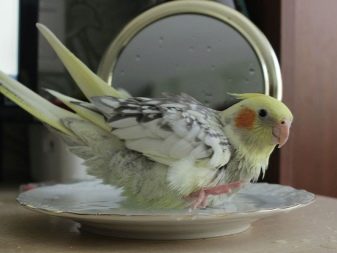
To accustom a bird to the reproduction of a person’s speech should be subject to certain rules, which should be strictly observed:
- training should be started only at the moment when the bird feels good, is cheerful and active - usually it happens in the morning and evening;
- the learning process should be a daily activity, the duration of the lesson is at least 20 minutes, classes should be carried out 2-3 times a day;
- first words, and then phrases, should be short and simple in sound typing;
- the bird remembers well the words that are associated with something pleasant for her: feeding, bathing, morning awakening, walk with the way out of the cage;
- all the successes of your pet must always be encouraged with praise and goodies;
- if the bird is sick or has a bad mood and there is no desire to communicate, it is not necessary to force training at this time;
- for the parrot to remember the words, they must be repeated to him constantly, with the same intonation, many times, every day;
- new words and phrases should be learned only when your pet has well remembered the previous material;
- do not overload the bird’s memory; a large volume of words is beyond its power;
- during training, be patient - do not be nervous and do not yell at the bird if you do not want to lose friendly contact with it.
Connoisseurs who breed Corellus parrots and teach them how to speak say that if, after several months of training, your bird did not speak, it means you taught the girl. Females have many advantages, they can be trained in various game tricks, but not everyone can be taught to speak and not always.
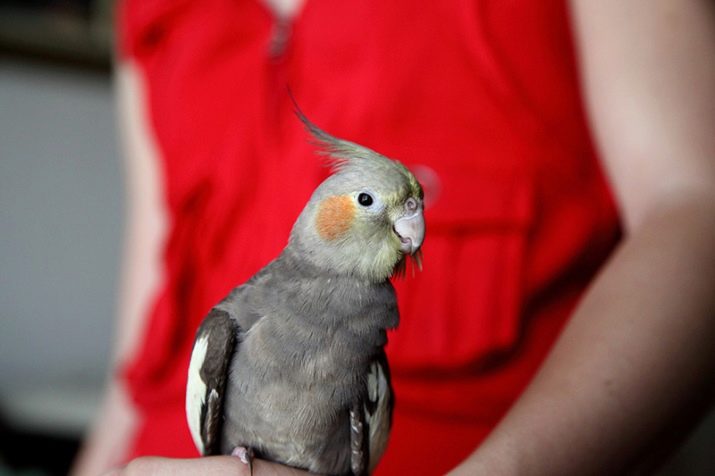
How to quickly teach at home?
Teaching Corell to repeat the words is much easier when he is alone with you. It is required to exclude any extraneous sounds, flashes of light, noise, extraneous odors - remove bright and moving objects, mirrors, other animals, children from the room. The bird is very curious and will be constantly distracted by any, even insignificant, stimuli.
In the case when several Corellas live in one cage, then for the duration of the parrot classes they are seated in different rooms for the greatest concentration of attention of the bird on you and the words you pronounce. Parrots living in pairs can also be trained. Since the female is more difficult to train, the male is usually subject to training. The male is also transferred to a room separate from the female during the lesson.
In order for your pet to want to learn how to talk, he must have proper care, the optimal content of vitamins and minerals in his diet, the absence of diseases, and molting. An active, healthy and curious bird should not be afraid of contact with you and willingly allow yourself to be picked up. If you see that your parrot flaps its wings and makes clicks with its beak, this is a sure sign that he is in a good mood now and the moment for study is now the most suitable.
Repeating the parrot’s phrases or single words to remember, pay attention to how the bird behaves.
If you notice that Corella carefully looks at you and slowly closes and opens the eyelids, this means that the pet is paying attention and trying to remember what is happening around him.
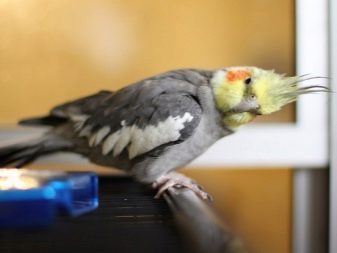
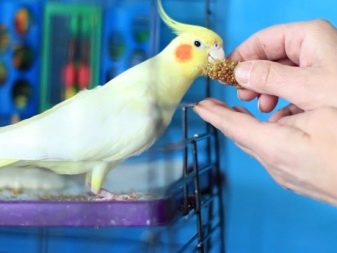
Some Corella owners are trying to conduct a test session to find out if their parrot is capable of learning and memorizing words. To do this, during the day, a bird with the same intonation is repeated a simple and short word in an amount of at least 50 times (the more the better).
It is believed that you need to start your studies by voicing the name of the parrot, for example, telling him: "Kesha" or "Kesha is good." If in the learning process the Corella shows signs of interest and tries to repeat aloud what has been learned aloud by the end of the lesson, then it makes sense to further study. However, judging learning abilities by one day is still not worth it. The natural intellectual abilities of each parrot can be different, and one who does not speak in 1 day can give excellent results after several full classes.
Repeating the same phrase several dozens of times daily is a rather tedious task for any person. If you do not have the time and ability to conduct regular voice lessons with a parrot on your own, in this case a smartphone or computer can come to your aid. To do this, you need to record a voice file and put it on multiple playback. The bird is left in the room, where during the day she repeatedly listens to audio recordings. Thus, the parrot remembers a new word or phrase and can reproduce the lesson learned.
It is believed that this method of training can be resorted to if your pet already knows at least one word.
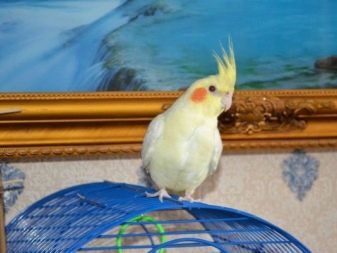
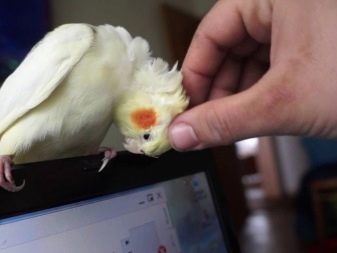
Besides words, a parrot can learn to whistle. The whistle of Corella imitates best, but he does not reproduce the speech quite cleanly. You can teach a parrot to imitate a musical melody, for this you need to whistle it in the presence of a bird quite often so that it can remember and reproduce what it hears so often. The parrot reproducing the melody, as a rule, is in a good mood and thus expresses its joyful emotions. The parrot can play melodies especially expressively during the breeding season, flaunting in front of the female.
In addition to singing, the male can also make movements reminiscent of dancing - this is a very interesting and funny sight.
The talking Corella parrot is always the pride of the owner, because behind each learned word there is a lot of painstaking work, in which time and patience are invested. Those breeders who teach their parrots to learn how to use speech, think that lessons with a bird are a pleasant pastime, during which they interact and play with their beloved pet.
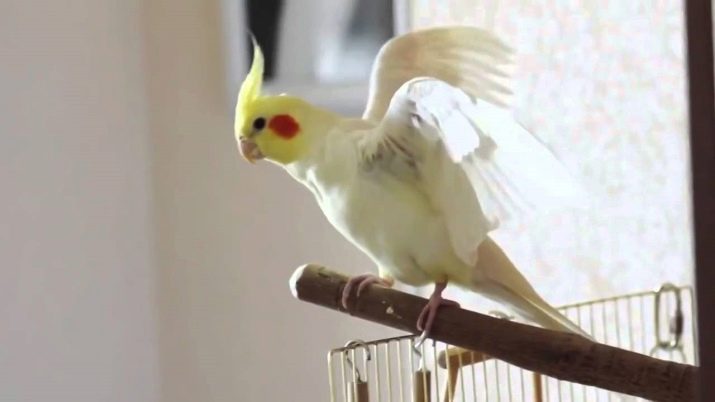
See some of the secrets of learning Coral conversation in the video below.
